What's hard to tell from the schematic, is the phase and ratio of the transformer windings.
The YEL and ORN windings are all common to the output transformer (BLU). The phasing, I think, is consistent: a dot should be placed at the top of each winding.
This amplifier is famous for using cathode feedback, with a specialized bifilar wound transformer.
Bifilar means, the two windings are made at the same time, in the same place, laid side by side; this gives minimal leakage inductance, between the windings: low enough that the output doesn't turn into a power oscillator at a few 100 kHz(!).
Since the windings are equal, every volt the plate pulls down by, is a volt pushed up at the cathode. This massively degenerates (i.e. applies local negative feedback) the voltage gain of the output stage (it's about 1), necessitating very high gain from the driver stage(s).
So already, we see that, although the identified loop is a positive feedback loop, the loop gain is in fact very small, and it's at least plausible that it's stable.
Note that +FB must overcome the existing gain first: for small amounts, gain and distortion rises, and this can even be useful by itself to secure greater -FB elsewhere; eventually, gain reaches infinity at some point, and a hysteresis loop begins to open. This is the (mono-)stability limit, and if there are reactive elements in the loop (namely C8/C9), oscillation ensues. If not, bistability results (the level latches into one side or the other of the hysteresis loop). So it must definitely be used sparingly, in something linear like an audio amplifier.
In this case, note that R24/R27 acts as a voltage divider, from output plates, to V3 plates, through V3 plate resistance to GND (or, to each other, in part). Probably, the total driver+output stage voltage gain is still less than in a more conventional design, hence the additional gain+phase splitter stage required (V2), plus a high gain front-end (V1). These are all direct coupled to minimize low-frequency phase shift (a big problem with a conventional AC-coupled three-stage amplifier, like a "Williamson" design).
Note also the 12AZ7 (V4) is bootstrapped: the cathode load resistor is split in two, and a large coupling capacitor feeds the tap from the output cathodes. This way, it only has to drive the output grids, as needed; just the little bit of loading from the resistors (R29, R30) is saved. They're even supplied from a separate winding (only independent, I think, because of the different DC voltage applied to it?), bootstrapping the plates as well.
I don't know these amplifiers in great detail, or how many they made with this design, to which the same analysis applies; likely you can find more authoritative resources from audiophile enthusiasts/historians/restorers. (Any watching: you are welcome to correct/expand this post!)

